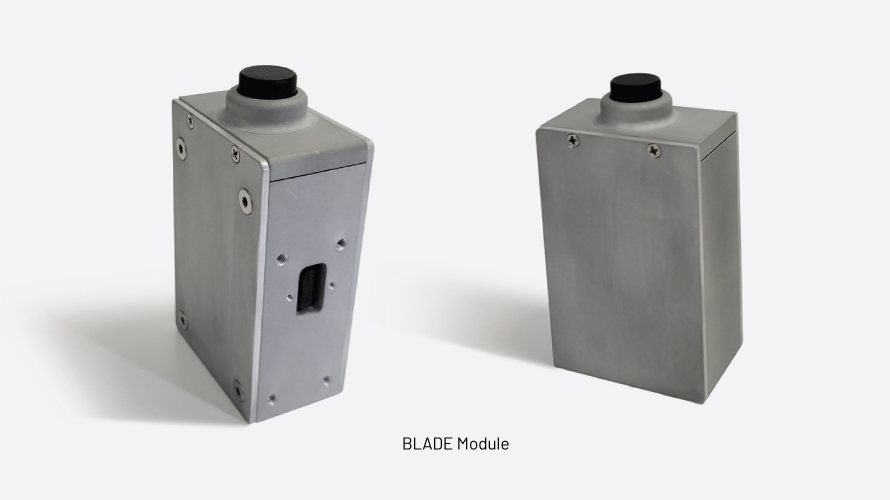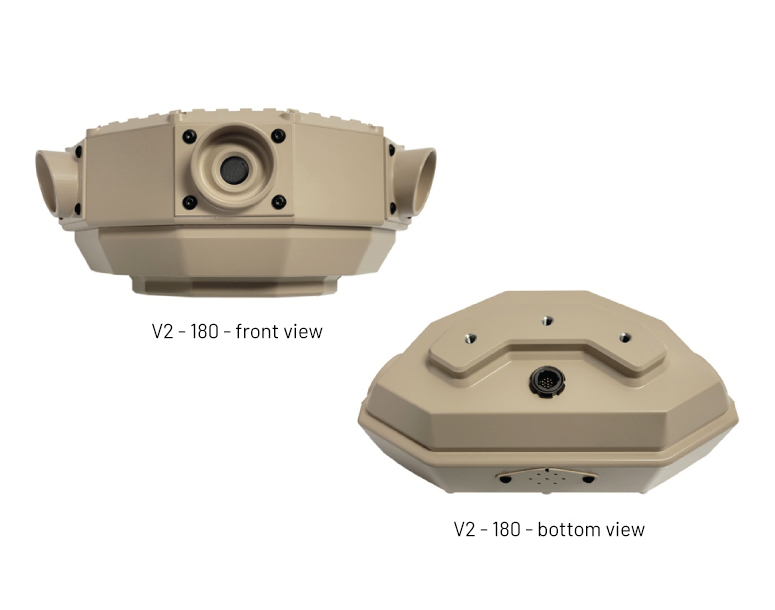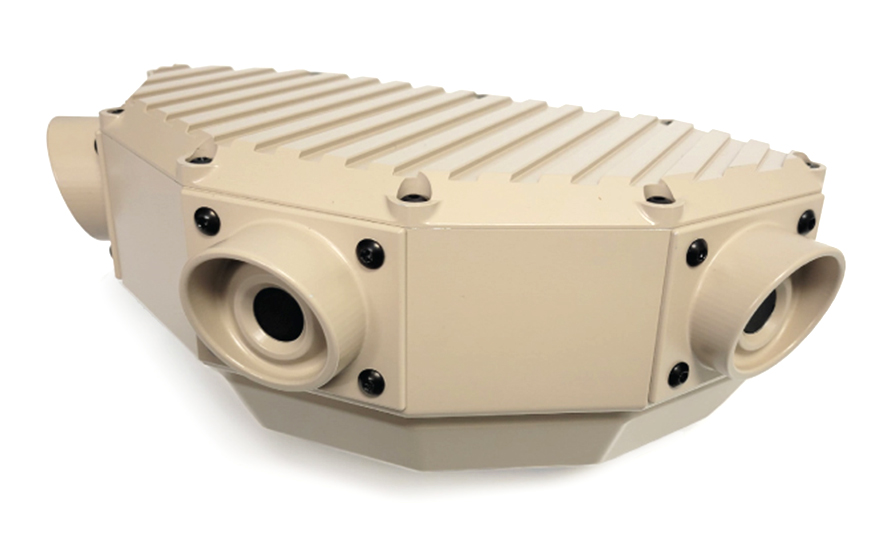kwesst battlefield laser detection system (blds)

bldsv2 operational & technical differentiators
Modularity & Flexibility
- Ethernet open standard communication protocol.
- Output messages not tied to a specific active protection system.
Survivability
- Proliferating threat environment -weaponized lasers, LRFs, laser target designators/illuminators, LiDAR
- Significant interest increasingly being expressed as a result of adversary actions in Syria, Ukraine, and Baltics theatres of operation.
- Adversaries equipped with latest ISR/lasing/targeting capabilities.
- “Overmatch Sensitivity” allows operators time to take evasive and/or counter-actions.
Lethality
- Identifying source range and location enables decision-action cycle -“Slew to Cue”.
- “Fingerprinting” & “ Laser Intelligence”- Development of a blue force and adversary spectrum LRF pulse train library is actionable intelligence and Identification Friendly-Foe (IFF) indicator.
- ATAK/BMA connectivity enables sharing of data.

three levels of laser emitter intelligence
Spectrum Detection
- 500nm to 1100nm - Low
- 950nm to 1500nm - Mid
- 1000nm to 1700nm - High
Angle Detection
- +/- 0.8 degree
Emitter Signature
- Signature Recognition of Laser Pulse Train
- Enables Identification of Emitter Operators via Laser Intelligence


